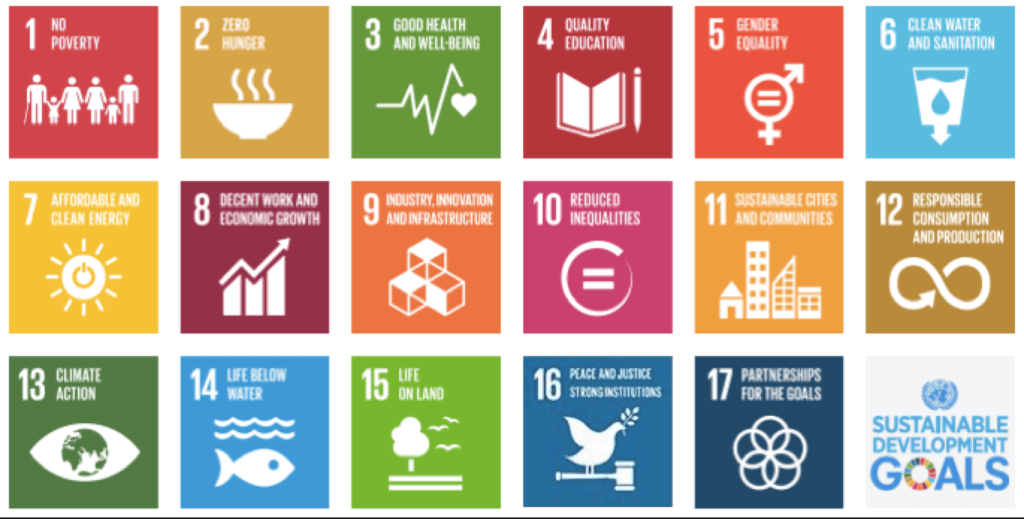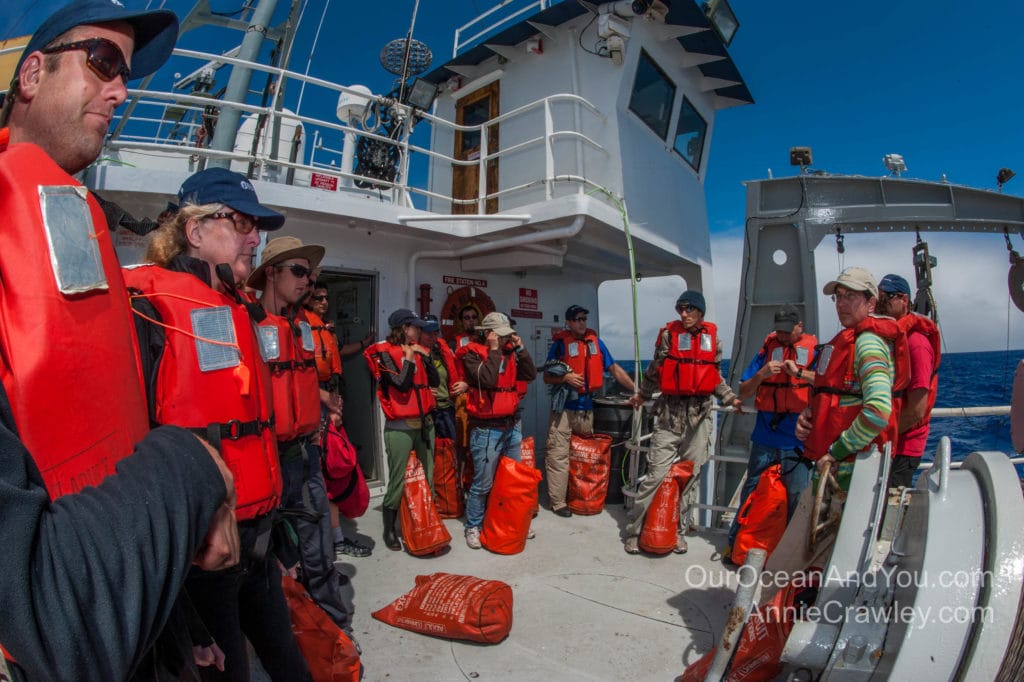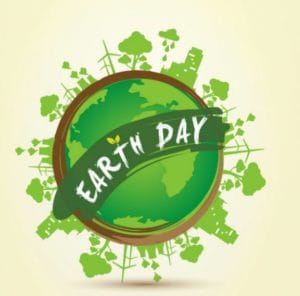April heralds a special day many have come to recognize as the environmentally aware holiday, Earth Day.
The day’s origins can be traced back to the late 1960s as the junior Senator Gaylord Nelson, Congressman Pete McCloskey and the activist Denis Hayes were inspired to educate college students about air and water pollution at a campus teach-in during spring break and final exams.
Earth Day united citizens in support of environmental sustainability and causes regardless of politics and other beliefs. “By the end of 1970, the first Earth Day led to the creation of the United States Environmental Protection Agency and the passage of other first of their kind environmental laws.”
By the 1990s and into the new millennium, Earth Day has become a global event joining people across the globe in the fight for environmental awareness and related causes.
Through our Youth Entrepreneurship Team, we echo the sentiments of Earth Day. We promote global sustainability by providing education in our youth curriculum and lesson development materials about the United Nations Sustainable Development Goals. You might be thinking, what are the UN Sustainable Development Goals (SDGs)? The SDGs are 17 global initiatives adopted by the United Nations in 2015 that were created over decades of research and efforts by multiple countries that acknowledge sustainability comprises many aspects that can be collectively grouped in three pillars – economic, environmental and societal.

How do we teach such abstract and complicated topics to a middle school audience?
First, most middle school students are already interested in the environment – protecting endangered species and keeping our land, water and air clean. We add engaging and informative activities to this inherent curiosity to inform and assist students with practicing ideas of sustainability.
In our artificial intelligence (AI) and robotics curriculum, students learn about AI and robotics while exploring hands-on project based learning, programming the Sphero RVR and Micro:bit framed through the lens of the environmentally aware book, Plastic Ahoy by Patricia Newman. It teaches students about a scientific research journey to the Great Pacific Garbage Patch to study the impact of plastic pollution on marine and human life.
The programming activities are tied in with the theme of the book, so students might be programming a machine learning algorithm that can differentiate between marine life and plastic objects, just like the scientists they are reading about in the book.

During the second major project of the course, students learn about the fictitious town of Samsonville that practices the three pillars of sustainability – environmental, societal and economic – but also face issues that need to be solved in these areas. The town and its businesses promote many of the Sustainable Development Goals (SDGs) in the economic, societal and environmental pillars by feeding the town’s hungry from its surplus (SDG#2), promoting decent work and economic growth (SDG#8) in its employment and wage practices (SDG#10), sourcing fresh and sustainable sources of food and water and supporting life on land (SDG#15) and life on water(SDG#14).
A key takeaway we include in our curriculum for our teachers to implement is the overlap between these sustainable goals and principles.
To truly achieve sustainability, there is a mutual relationship that must exist between the practices of environmental, economic and social sustainability. Students are presented with the community problem of plastic washing ashore in Samsonville that affects each of these pillars. Plastic pollution on the beaches affects the health and safety of the citizens, the marine life they depend on for food, the tourism they rely on for economic support, and the businesses that are the backbone of the sustainable society are all threatened with the pollution problem that might just seem environmental at first glance.
Students are guided through these ideas step by step, creating empathy maps to help define and understand the issue, brainstorming and sketching ideas for a robotic and AI solution that could help the community, then finally prototyping, programming and testing their ideas out as the design thinking process comes to life in the classroom.
Each of our curriculum tracks offers education and exploration of sustainability in the same way, scaffolding the definitions and examples in the real world of what the problems look like. This gives students the technological tools to potentially solve these problems then provides them an opportunity for them to use their imagination and creativity to harness the power of the technology to ideate their own innovative solutions.
The result is not only students that understand these big ideas of environmental, economic and societal sustainability but a future generation that truly cares about the problems we face and are inspired and motivated to learn more about emerging technologies and how to leverage them to benefit all of humankind.
If you would like to learn more about introducing students to the UN SDGs and how to bring fun projects in your classroom with authentic and relevant real world topics, check out some of the following resources. Happy Earth Day!




